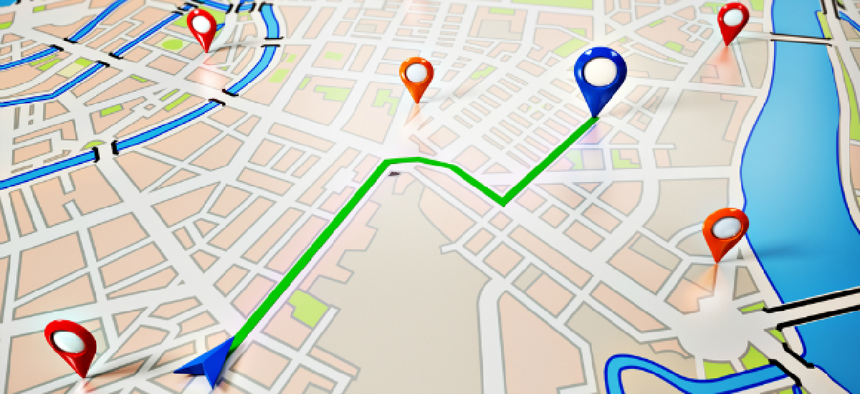GPS accuracy still not good enough for emergencies

Location-based wireless services are in high demand, especially in public safety, but getting an accurate fix on mobile devices remains a challenge.
There is a great deal of interest in tracking the location of mobile devices. Commercial carriers use location information to deliver services such as targeted advertising. The public safety community needs it to pinpoint 911calls from mobile phones and to track personnel in the field.
The challenge is making wireless location technology accurate enough for use in life-and-death situations.
Polaris Wireless, which provides higher accuracy wireless location data for 911 call centers using its RF pattern-matching technology, is experimenting with the feasibility of using commercial GPS-only services for some public safety applications. It is “good enough” for some uses, not for others.
We often assume that the Global Positioning System that provides location data for many smartphones and navigation applications is very accurate. But GPS has limitations when not assisted by other technologies, although they often are not noticed by users.
Government standards call for accuracy of at least 7.8 meters at a 95 percent confidence level. That’s about 26 feet, which is not bad. But atmospheric conditions, the local environment and the quality of the receiver can change that dramatically.
The Federal Aviation Administration has found that some receivers can locate a user to within three meters, horizontally. But for vertical information — determining what floor someone is on inside a building — forget about it. Likewise, if there are buildings, trees, mountains or other obstructions in the way — anywhere except in a flat, open-sky environment — GPS accuracy can quickly drop to the tens of meters.
Accuracy to within 50 meters is useful for some things, but for it’s not good enough for public safety. There are a number of technologies to improve accuracy, such as Polaris’s OmniLocate RF pattern-matching service, but although they show “significant promise,” they are not yet dependable enough for first responders answering 911 calls, according to a Federal Communications Commission study.
The FCC’s Communications Security, Reliability and Interoperability Council conducted tests late last year in the San Francisco Bay area to establish a baseline of current capabilities of three commercial location technologies.
“Even the best location technologies tested have not proven the ability to consistently identify the specific building and floor, which represents the required performance to meet public safety's needs,” the report said. “This is not likely to change over the next 12 to 24 months.”
NEXT STORY: Test headline goes here





